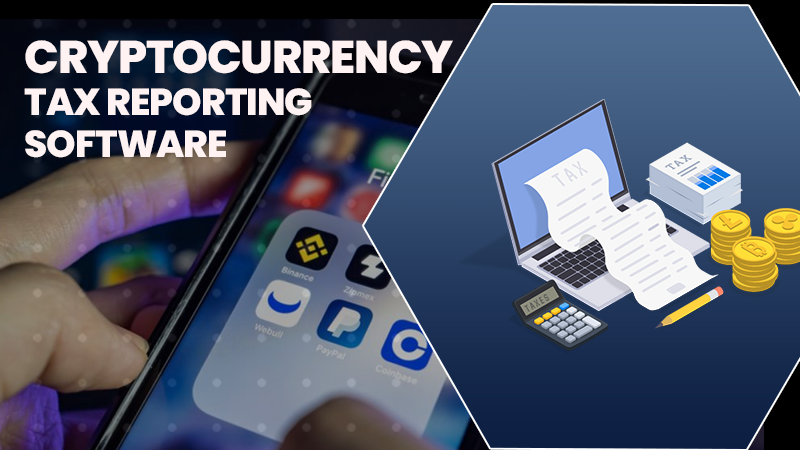11 Steps to Getting a Personal Loan
According to a study, the average Kiwi now has $37,000 in personal debt, up 3% from last year. Suppose you’re one of the thousands of New Zealanders struggling with personal debt. In that case, you may be considering a personal loan to consolidate your debts and get your finances back on track.
In addition to high-interest credit card debt, personal loans can also be used for other purposes, including home renovations, unexpected medical expenses, or even a much-needed vacation. More importantly, personal loans can offer a way out of debt for those struggling to make ends meet each month.
However, before you apply for a personal loan, it’s essential to understand the personal loan process and what you need to do to get approved.
Step 1: Determine If You Need a Loan
A personal loan can be a great way to consolidate debt, finance a large purchase, or for any other number of reasons. But, it is essential to remember that a personal loan is not a magic bullet. If you do not have a plan for how you will use the loan, you may find yourself in more debt than you were before.
For instance, in New Zealand, people often take out personal loans to pay off their credit card debt. But, if they do not also change their spending habits, they may find themselves in the same situation, or worse, a few years down the road. However, home loans are a great way to consolidate your debt. In addition, you can get a lower interest rate and benefit from building equity in your home. If you’re looking for a home loan or a home renovation loan, you can start with a Google search with the keywords such as NZ Home improvement loans and find a few options that you can compare. And if you have a bad credit score, there are also options like bad credit home loans.
Step 2: Know Your Credit Score
Your credit score is one of the defining factors in getting a personal loan. The better your credit score, the lower your interest rate will be. If you have a poor credit score, you may still be able to get a personal loan, but it will likely have a higher interest rate. However, you can do a few things to improve your credit score, such as paying your bills on time and maintaining a good credit history.
Step 3: Shop Around
Many different lenders offer personal loans. You need to shop around and compare rates, fees, and terms before choosing a lender. However, it is also vital to read the fine print and make sure you understand all of the terms and conditions of the loan. Many online tools can help you compare lenders.
Step 4: Understand the Terms
Before you sign for a personal loan, you must understand the terms. Ensure you know the interest rate, the repayment schedule, and any fees or charges associated with the loan. It is also essential to make sure you can afford the monthly payments. However, if you find yourself in a difficult financial situation, many lenders offer hardship programs that can help.
Step 5: Get Pre-Approved
Once you have found a lender and are ready to apply for a loan, it is crucial to get pre-approved. The lender will give you a letter stating how much they are willing to lend you. It can be a helpful negotiating tool when shopping for a loan. However, it would help if you remembered that getting pre-approved does not guarantee that you will get the loan.
Step 6: Apply for the Loan
The next step is actually to apply for the loan. First, you will need to provide the lender with basic information about your name, address, Social Security number, and employment information. You may also need to provide proof of income and assets. Next, the lender will likely run a credit check. Finally, once you are approved for the loan, you will need to sign the loan agreement and provide any additional documentation that may be required. However, before you sign the loan agreement, make sure you understand all terms and conditions.
Step 7: Negotiate the Terms
If you are not happy with the loan terms, you can try to negotiate with the lender. For instance, you may be able to get a lower interest rate or a more extended repayment period. However, it is essential to remember that the lender is not required to renegotiate the loan terms. However, if you can successfully negotiate the loan terms, make sure you get it in writing.
Step 8: Get a close look at the offer
Once you have found a personal loan that you are happy with, it is essential to look at the offer. Make sure you understand all of the terms and conditions. In particular, make sure you know the interest rate, the repayment schedule, the fees, and any other charges associated with the loan. However, if you have any questions about the loan, ask the lender before signing the loan agreement.
Step 9: Read the Fine Print
Read the fine print once you have found a personal loan that you are happy with. In particular, make sure you understand the interest rate, the repayment schedule, the fees, and any other charges associated with the loan. If you have any questions about the loan, ask the lender before signing the loan agreement.
Step 10: Make Your Payments on Time
Once you have taken out a personal loan, it is vital to make your payments on time. If you miss a payment, you may be charged a late fee. Additionally, your interest rate may increase, and your credit score may suffer. Therefore, you need to make sure you can afford the monthly payments before taking out a personal loan.
Step 11: Know Your Rights
Lastly, it is essential to know your rights when you take out a personal loan. For instance, you have the right to receive a Truth in Lending Disclosure form, which will provide you with information about the cost of the loan. Additionally, you have the right to receive a copy of the loan agreement. Make sure you understand all of your rights before signing the loan agreement.
Bottom Line:
Getting a personal loan comes down to understanding your needs and finding a lender willing to work with you. It is important to remember that not all lenders are created equal and that you should shop around to find the best loan for you. Additionally, make sure you understand all of the terms and conditions of the loan before you sign the loan agreement. Lastly, if you find yourself in a difficult financial situation, many lenders offer hardship programs that can help.











Share